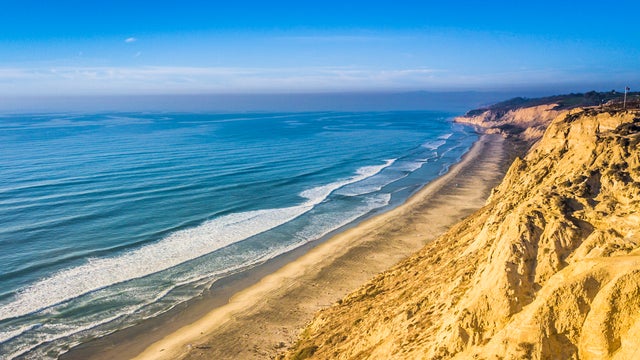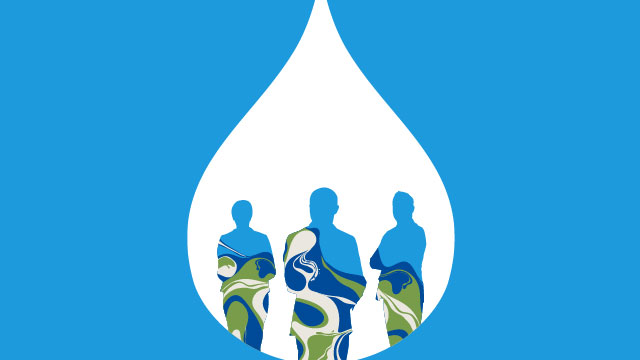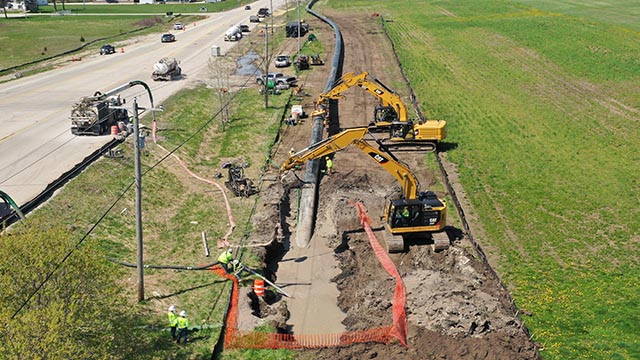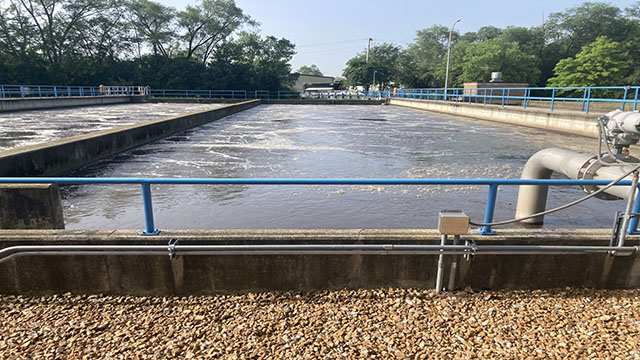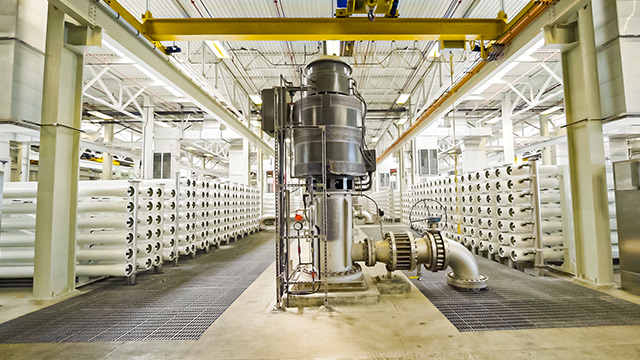The annual Black & Veatch Strategic Directions: Water Report addresses contemporary issues affecting water service providers around the globe.
This year’s report demonstrates that water is becoming a high-tech proposition. Data is increasingly driving the conversation, as water utilities and municipalities come to realize the powerful role it can play. Unlike their predecessors, today’s utilities are able to harness the power of analytics, which can deliver actionable information allowing them to optimize systems, cut costs and in effect, do more with less, even as systems age.
Regionally, utilities continue to tackle ongoing challenges related to resilience, sustainability and an uncertain regulatory environment. Perhaps more than ever, utilities are realizing how vulnerable legacy systems are to climate change – as arid conditions and frequent drought cycles strike the West, heavy rain events and flooding soak the Midwest and Northeast, increasingly frequent extreme storms batter the Gulf and Eastern Coasts, and seawater threatens to intrude on the low-lying cities along the Atlantic.
But the battle against time remains top priority – according to survey results, utilities said their No. 1 challenge is maintaining and expanding the life of their aging assets, even as budgets are stretched beyond breaking. The reality conveyed throughout this year’s report is that capital costs will continue to rise as existing infrastructure ages well beyond expectations.
The 2018 Strategic Directions: Water Report provides expert analysis on all these issues, and many more.
Learn More:
Data and Partnerships Serve as the Foundation for Tomorrow's Smarter Cities
The water industry has reached a turning point. Today’s utilities see the power in embracing data and infrastructure and digitizing operations – not only to help extend aging asset life, but to set the stage for future sustainability, value and innovation. However, budgets are thin even as pressure mounts for utilities to prepare for climate change and build resilience against extreme weather events. To overcome these challenges, water industry leaders in the U.S. and abroad are innovating at an unprecedented pace, reinventing how technology is used to solve industry challenges.
Coastal States Take the Lead in Alternative Water Innovations
From California to Florida, coastal states in the U.S. are facing their own unique water challenges such as drought and seawater intrusion. Although desalination would appear to be a logical solution, high costs and lengthy project schedules prevent implementation. However, alternative water supplies are gaining traction as coastal states work to develop balance water supply portfolios to meet demand and achieve sustainability and resilience goals. There are many factors that will evolve the discussion about AWS, but for now the coastal states seem to be leading the pack for implementing these sustainable solutions.
Can’t Afford Resilience? Costly Storms Change the Cost Question
Increasingly frequent storms are wreaking havoc on Coastal and Midwestern regions as drought cycles continue to strain resources across the West. To address these increasingly common issues, major planning and construction projects are underway across the U.S. as utilities and municipalities work to mitigate these near-term threats. But all too often, agencies and municipalities end up tackling issues individually without an overarching plan – to remedy this, many jurisdictions have begun appointing Chief Resilience Officers to proactively plan for the long-term health and resilience of their water management systems.
Digital Water is Smarter Water
Technology that we can literally hold in the palm of our hand – from smartphones to data-rich applications – have reshaped how we communicate, listen to music or even turn on the lights. But why haven’t we harnessed this technology and given it the critical job of safeguarding our world’s most precious resource? Data will enable the future of water by giving us crucial actionable information – providing keen insights about asset health, to predictions of customer consumption, or even alerting us to potential equipment failure. But putting this information to work requires two key components: first, the decision to embrace data; and second, the ability to find experienced partners who can help water and treatment providers manage and act on that data.
